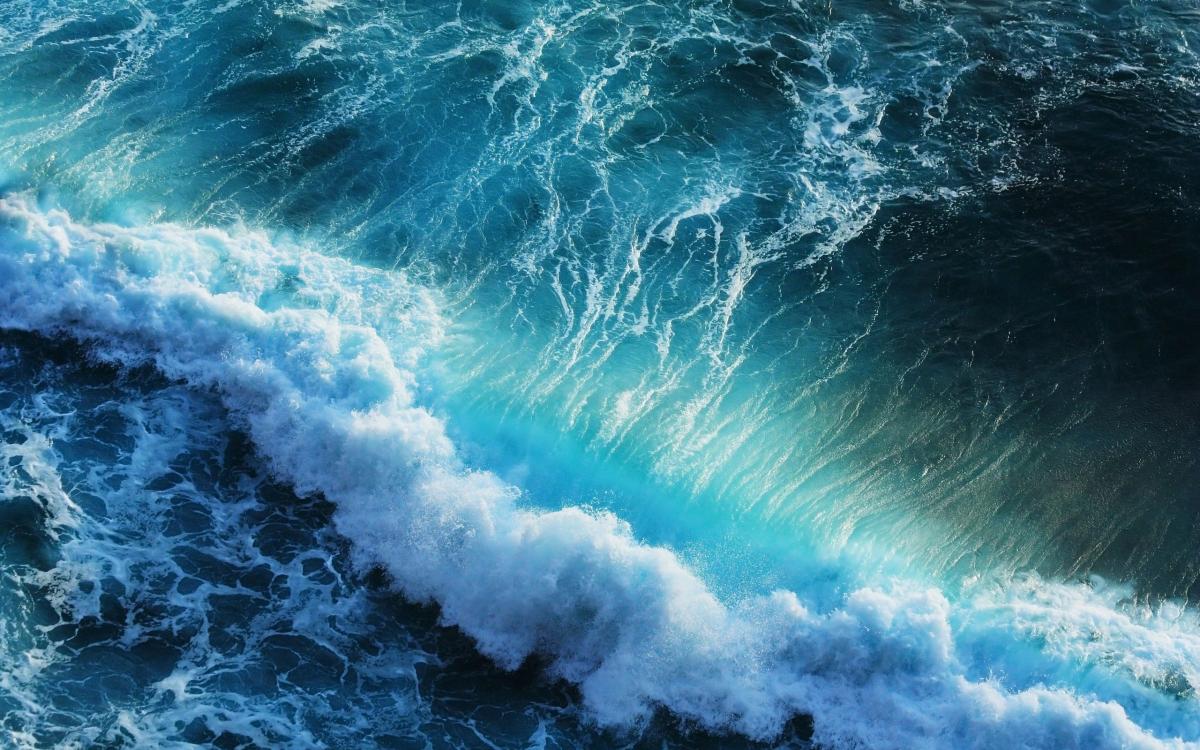Should Environmental Impact Assessments be Prepared for All Activities that have Impacts on Areas Beyond National Jurisdiction?
WCEL Oceans, Coasts, and Coral Reefs Specialist Group Chair, Cymie Payne recently co-authored a legal analysis to assess whether Environmental Impact Assessments (EIAs) must be prepared for activities that have potential effects on marine biodiversity in Areas Beyond National Jurisdiction (ABNJ) or only for those that take place in ABNJ. The analysis was co-authored by Gladys Martinez of Interamerican Association for Environmental Defense (AIDA) and Duncan Currie of the High Seas Alliance (HSA).

Photo: WCEL
The analysis “IUCN-HSA Policy Brief: EIAs in ABNJ: Effects or location-based?” explores whether it would be both consistent with international law for an international legally binding instrument on marine biodiversity in areas beyond national jurisdiction (BBNJ) to require parties to conduct an environmental impact assessment of all activities that have an impact in areas beyond national jurisdiction, or merely of activities taking place in such areas. The analysis explores obligations under:
-
“No harm” principle;
-
Trail Smelter Arbitration (United States v. Canada) (1938 and 1941) 3 RIAA 1905; (“No State has the right to use or permit the use of its territory in such a manner as to cause injury by the emission of fumes in or transported to the territory of another or the properties or persons therein, when the case is of serious consequence and injury is established by clear and convincing evidence”);
-
Principle 2 of the Rio Declaration on Environment and Development (“States have, in accordance with the Charter of the United Nations and the principles of international law, the sovereign right to exploit their own resources pursuant to their own environmental and developmental policies, and the responsibility to ensure that activities within their jurisdiction or control do not cause damage to the environment of other States or of areas beyond the limits of national jurisdiction”);
-
Customary International Law; and
-
Article 194(2) of the United Nations Convention for the Law of the Sea (UNCLOS) (“States shall take all measures necessary to ensure that activities under their jurisdiction or control are so conducted as not to cause damage by pollution to other States and their environment, and that pollution arising from incidents or activities under their jurisdiction or control does not spread beyond the areas where they exercise sovereign rights in accordance with this Convention”).
The paper concludes that under UNCLOS, customary international law international jurisprudence and several national laws, it would be both consistent with international law and would assist the implementation of States’ obligations for draft Article 22(3) of BBNJ to require EIAs for all activities that have an impact in ABNJs.
About the Author
 Photo: Cymie Payne
Photo: Cymie Payne



